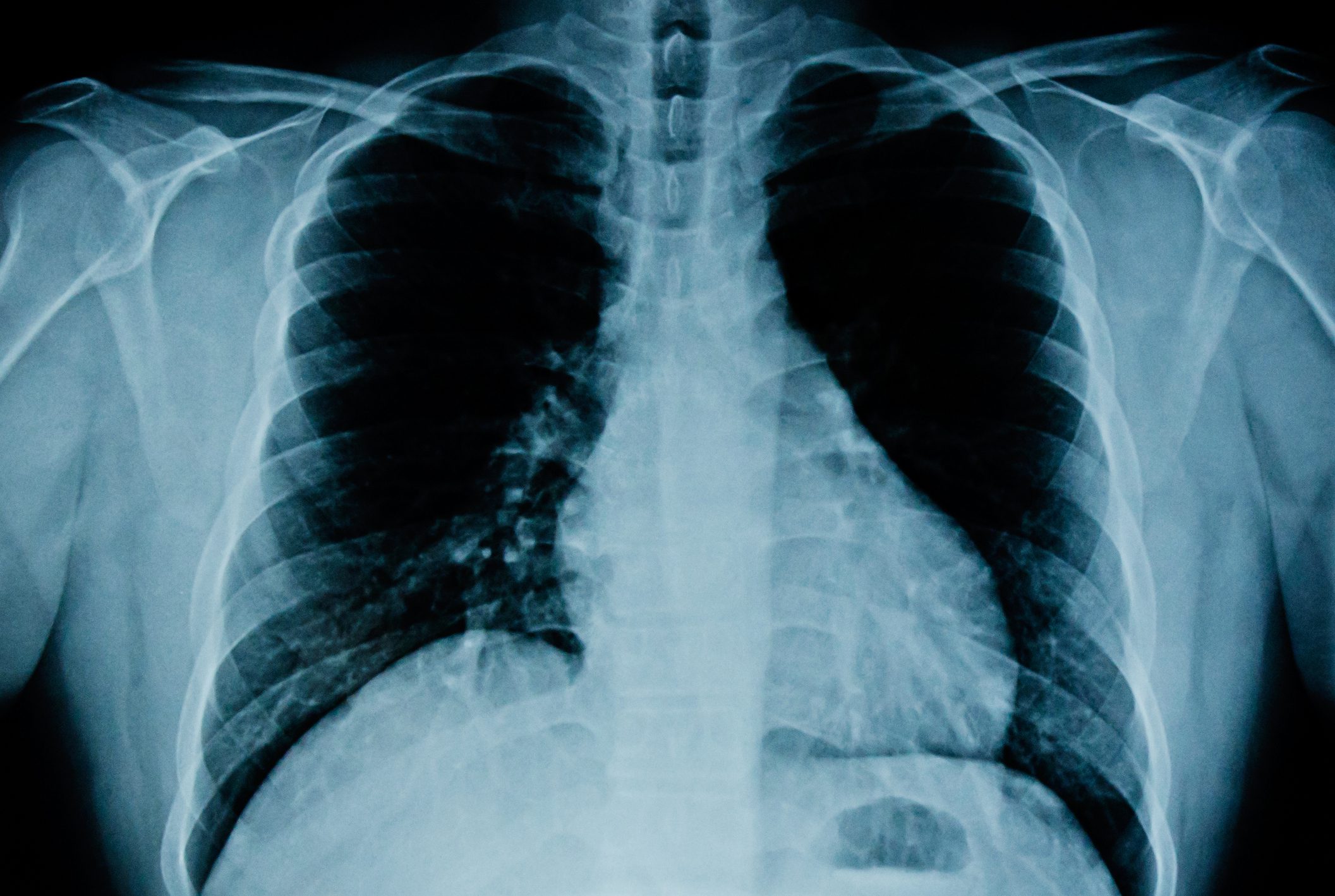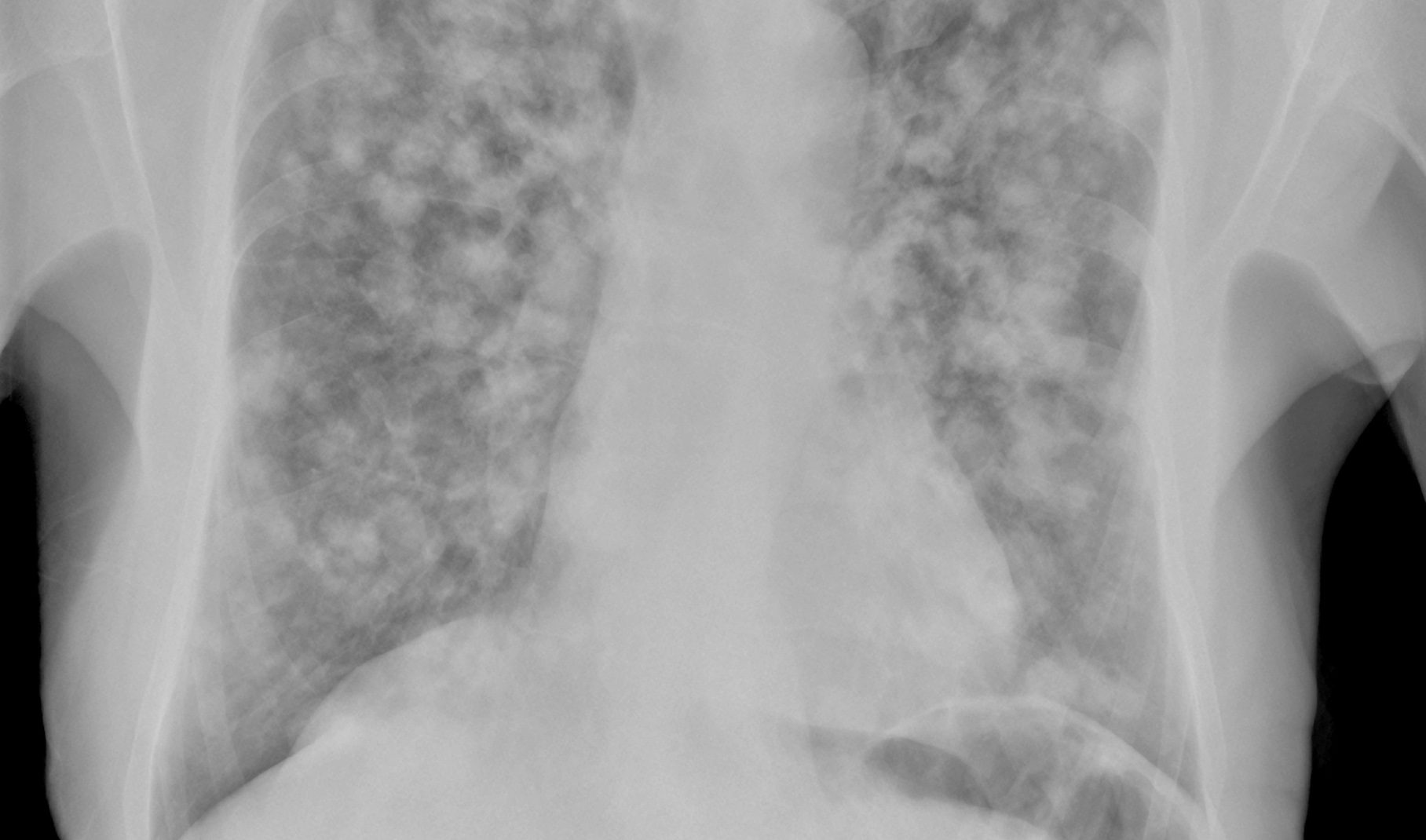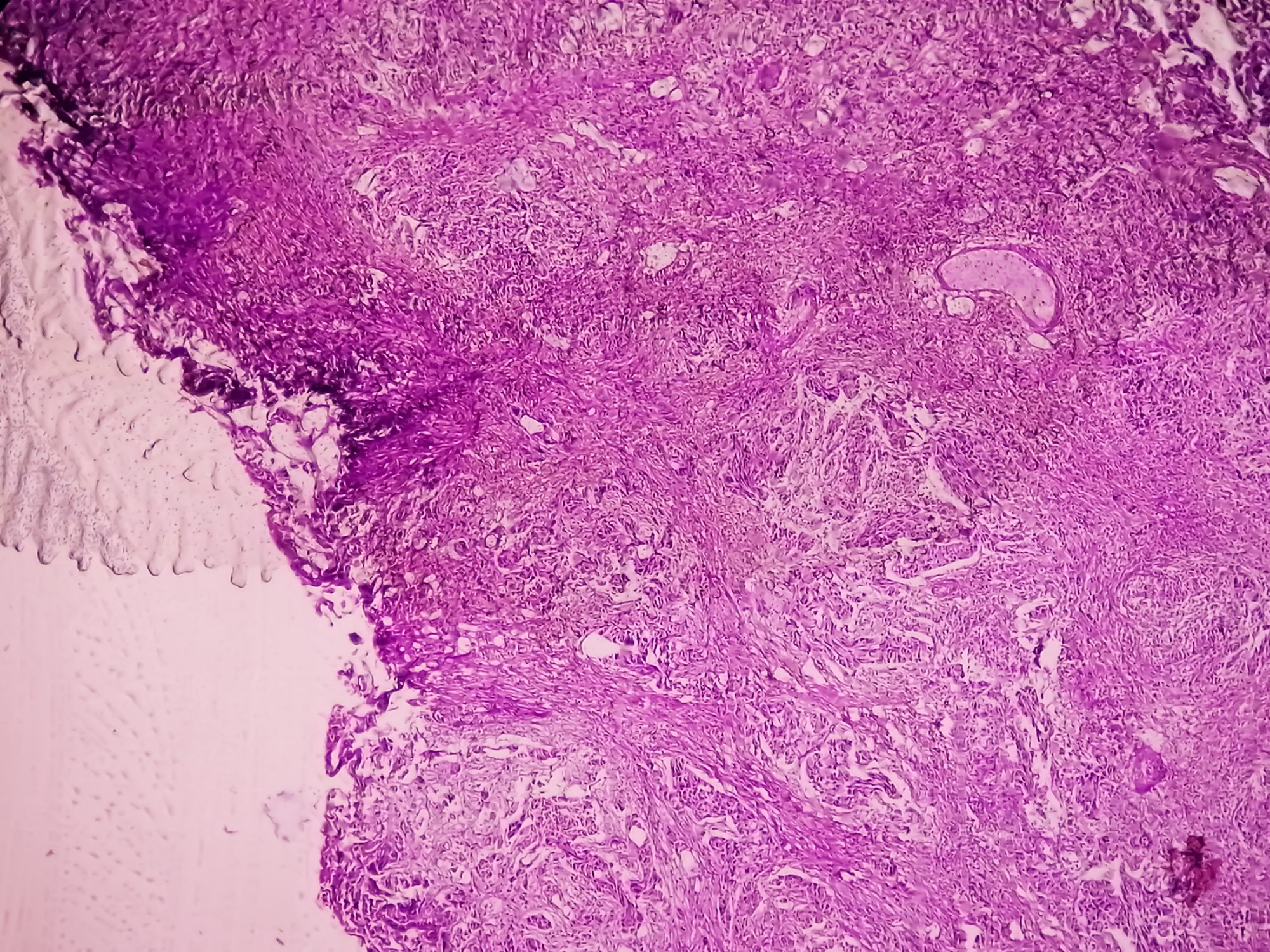The Radiation Protection Division publishes an annual report on each of its activities in the areas of radiation protection, environmental radioactivity, and dosimetry. The principle of a graded approach to radiation protection according to risk corresponds to the established supervisory practice of the FOPH, which essentially focuses on high radiation doses and risks. Based on this, the FOPH sets its supervisory priorities in medicine for the coming years.
As the competent radiation protection authority, the FOPH authorizes the handling of radioactive substances and facilities for the generation of ionizing radiation and supervises their applications. Currently, the FOPH manages over 20,000 active licenses in medicine. The supervisory strategy follows the principle of a graded approach according to risk. The supervisory focus is on radiological applications with high radiation doses and risks for patients, personnel as well as the general public. Technological innovations in medicine are taking place extremely quickly. The increasingly complex applications and the use of new radioactive tracers lead to increased requirements for radiation protection and the safety of the facilities.
To meet these challenges, the FOPH maintains a supervision program from which the supervision priorities for the coming years are derived. Thematic supervision focuses primarily on applications in the high and medium dose range. A new focus is the oversight of three-dimensional imaging facilities for surgical and interventional applications. In addition, special attention will also be paid to radiotherapeutic operations, including proton therapy. Oversight in the OR areas continues to be a focus, and in nuclear medicine, radiation safety audits continue for staff as well as patients at facilities with PET and SPECT-CT applications.
To this end, the FOPH maintains a regular presence in hospitals and radiological institutes and carries out event-related inspections. Mandatory clinical audits in radiotherapy, nuclear medicine, computed tomography, and interventional radiology applications (cardiology), which have been in place since 2020, will continue. One of their aims is to minimize the number of unwarranted examinations and treatments.
Source: “Annual Reports on Radiation Protection and Dosimetry,” FOPH. Available at: www.bag.admin.ch/bag/de/home/das-bag/publikationen/taetigkeitsberichte/jahresberichte-strahlenschutz-umweltradioaktiviaet-und-dosimetrie.html (last accessed Aug. 21, 2022).
InFo ONCOLOGY & HEMATOLOGY 2022; 10(4): 40.
CARDIOVASC 2022; 21(3): 48
InFo NEUROLOGY & PSYCHIATRY 2022; 20(5): 40.











